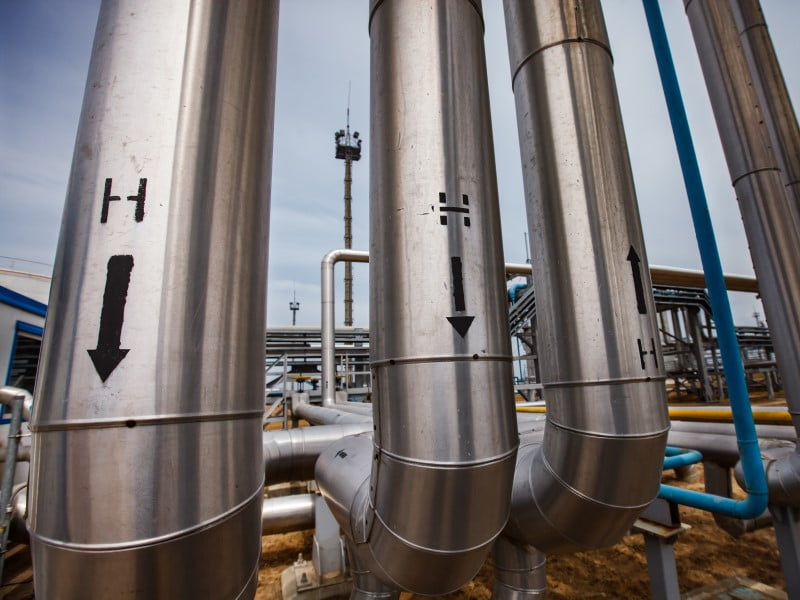A hydrogen production credit scheme worth $2 billion has been announced by the Commonwealth government, although funding is not expected to flow to producers until 2026.
Funding has also been committed to the development and operation of the Guarantee of Origin (GO) Certificate scheme and a Capacity Investment Scheme to “to underwrite new investment in clean energy”.
A $5.6 million commitment for a Department of Climate Change, Energy, Environment, and Water-led analysis of the implications of global competition for clean energy industries for Australia has also been made.
The study will identify actions to “further catalyse clean energy industries, ensure Australian manufacturing competitiveness and attract capital investment” by the end of 2023.

The Hydrogen Headstart program, revealed in the 2023-24 federal Budget, is targeted at bridging the gap between the market price of hydrogen and the production cost of green hydrogen.
It will be jointly run by the Department of Climate Change, Energy, Environment, and Water (DCEEW) and the Australian Renewable Energy Agency.
A competitive application process will be undertaken to select the two to three green hydrogen production projects that will be supported by the program, estimated to be around 1GW of hydrogen electrolyser capacity.
A Department spokesperson said the first three years will be dedicated to undertaking “detailed work” on the design of the program, worth $26 million, with the estimated $156.2 million outlay for 2026-27 subject to future revision.
Consultation with industry highlighted that capital expenditure support was not as severe an issue as near-term operating costs as the production cost of green hydrogen is above the market price of hydrogen, according to the spokesperson.
The remaining $1.8 billion not included in the forward estimates will be held in the Contingency Reserve and is subject to change. No timeline has been committed to for the expenditure of the full $2 billion.
A Department spokesperson could not confirm if the government intends to subsidise green hydrogen production to an effective production cost of $2 per kilogram, a stretch target under the former Coalition government.
There is also a $38.2 million commitment at the DCEEW and the Clean Energy Regulator (CER) over the forward estimates to implement the Guarantee of Origin (GO) Certificate scheme “to track and verify emissions associated with hydrogen and other low emissions products”.
It is expected that costs will be partially recovered from certification fees, as well as the redirection of funding from the International Partnerships Investment Stream Program launched under the Coalition.
Beyond the forward estimates, the government has committed $6.5 million to the ongoing operation of the GO scheme, most of which will accrue to the CER.
Separately, $2 million in funding over two years from 2024-25 will be used to “support First Nations communities to engage with hydrogen project proponents and planning processes”.
Funding for the Capacity Investment Scheme has not been revealed in the Budget papers due to “commercial sensitivities”.
However, it will include $9.9 million over five years from 2022-23 for the “Australian Energy Market Operator to deliver auctions in South Australia and Victoria and undertake contract management activities for selected projects” and $6.4 million in 2023-24 for DCEEW to design an auction process to operate in South Australia and Victoria, and to work on a national rollout of the scheme.
“The Government will also work with New South Wales to deliver Capacity Investment Scheme auctions in 2023 in partnership with the NSW Electricity Infrastructure Roadmap,” Budget paper two reads.
In his Budget speech, Treasurer Jim Chalmers said the Hydrogen Headstart program would enable Australia to be a “world leader in producing and exporting hydrogen power”.
“Hydrogen power means Wollongong, Gladstone and Whyalla, can make and export everything from renewable energy to green steel,” he said.
“Seizing these kinds of industrial and economic opportunities will be the biggest driver and determinant of our future prosperity. The government is making the biggest ever investment in Australia’s energy transformation.”
The competitiveness of Australia’s green hydrogen industry is increasingly being put under pressure given the generous incentives available in international jurisdictions. This includes the United States’ Inflation Reduction Act (IRA), which has allocated $369 billion to ‘energy security and climate change’ activities, including an up to US$3 per kilogram hydrogen production credit.
The $5.6 million analysis of global competition for clean energy industries will be undertaken in collaboration with other government departments, including the Department of Industry, Science and Resources and the Department of Foreign Affairs and Trade.
Currently sitting with Climate Change and Energy minister Chris Bowen is an analysis of the implications of the Inflation Reduction Act on Australian industries produced by the government’s Technology Investment Advisory Council led by former Chief Scientist Dr Alan Finkel.
The Commonwealth is currently reviewing the national hydrogen strategy to ensure it can respond to the impact of global hydrogen industry policy developments, like the Inflation Reduction Act.
More 2023 Budget coverage:
Chalmers stumps up $392m for new Industry Growth Program
Budget lays out $2bn for government tech overhaul
Defence commits $151m to AUKUS pillar two
My Health Record gets $429m for technology upgrade
Govt backs Quantum and AI industries with $101m
Full Monty ambition for critical minerals supply chains
STEM programs get a tickle rather than an upgrade
myGov gets Budget certainty, new money flows to Digital ID
APS in-house consultancy locked in with $11m
eSafety resources quadruple as national cyber office funded
Do you know more? Contact James Riley via Email.

